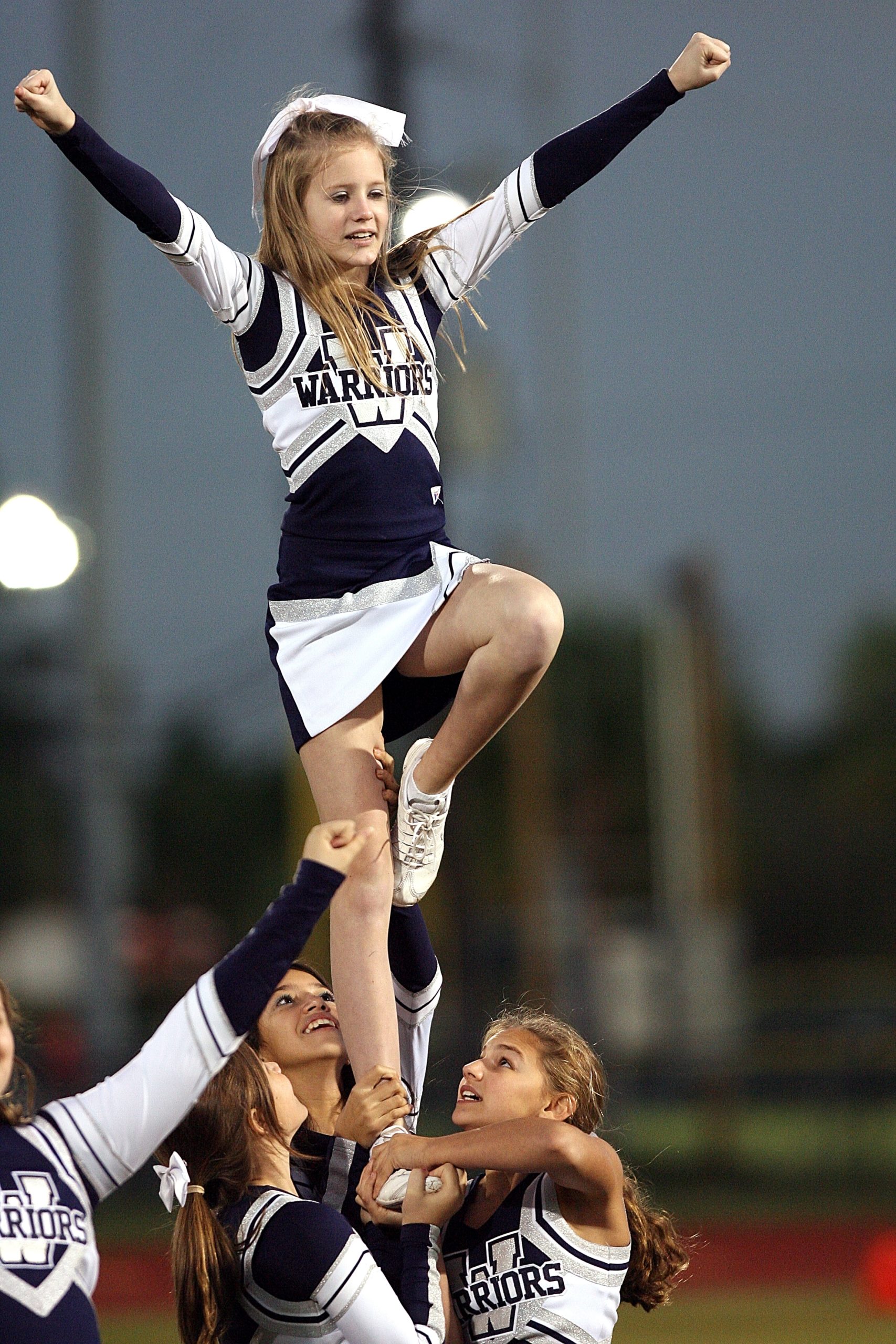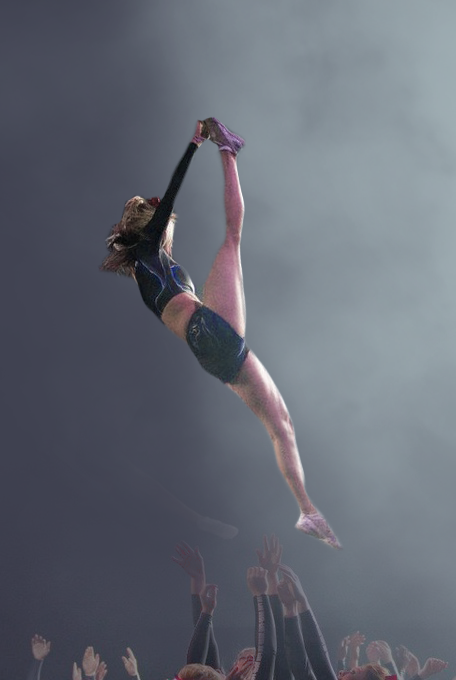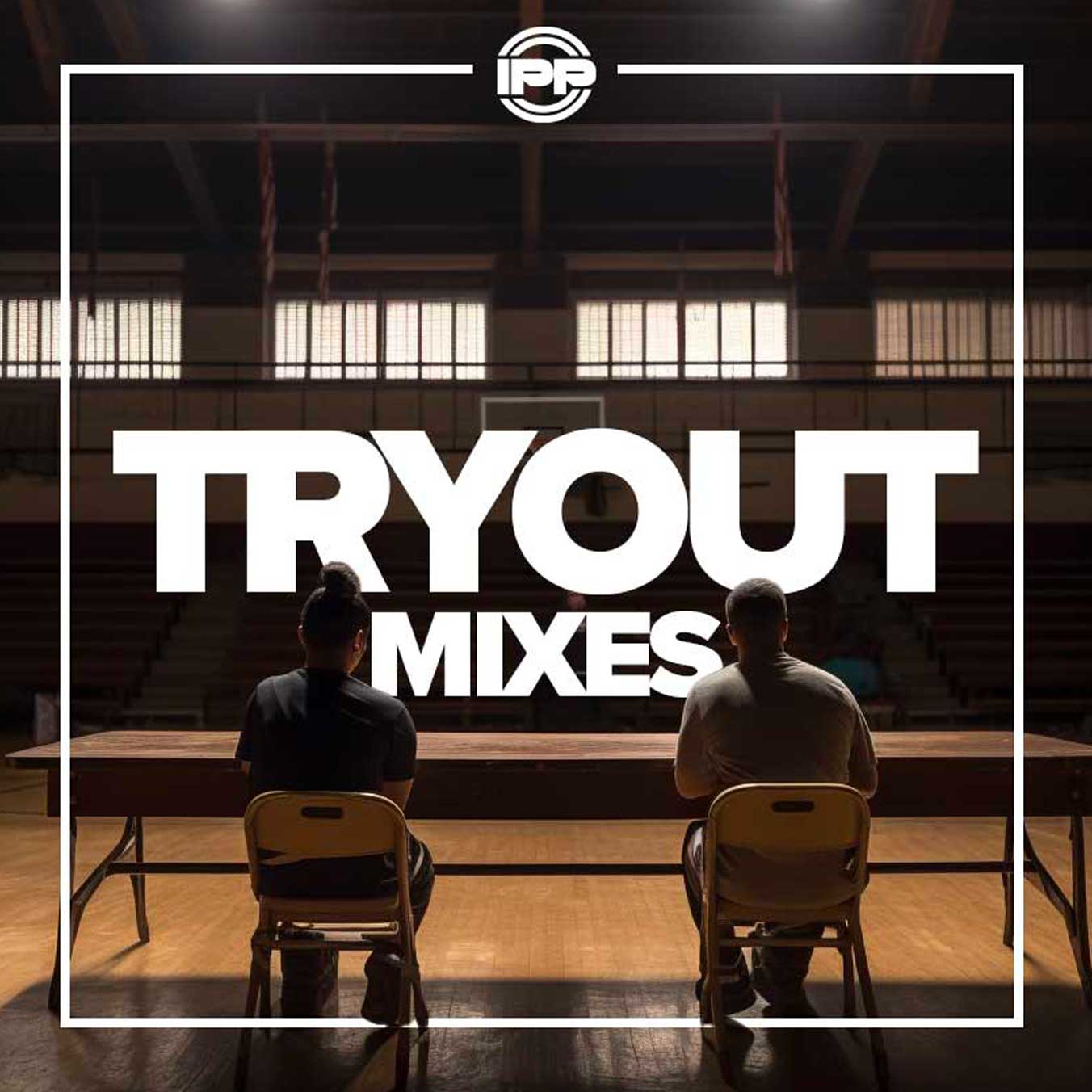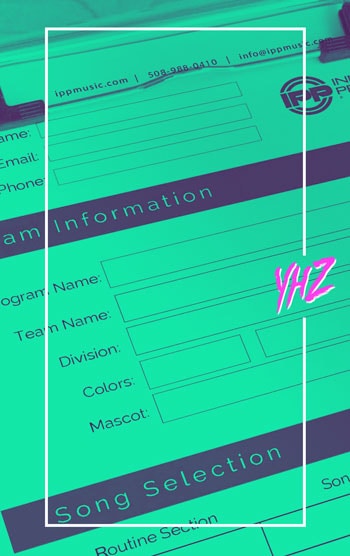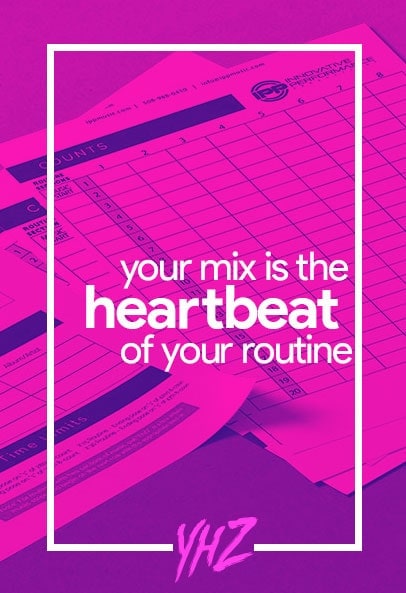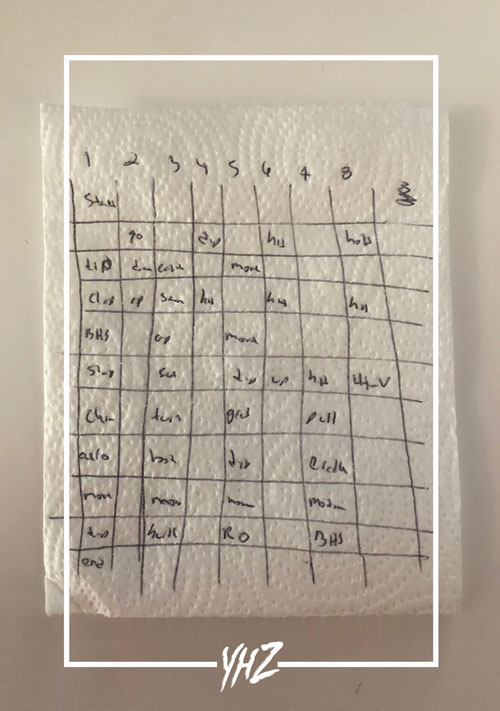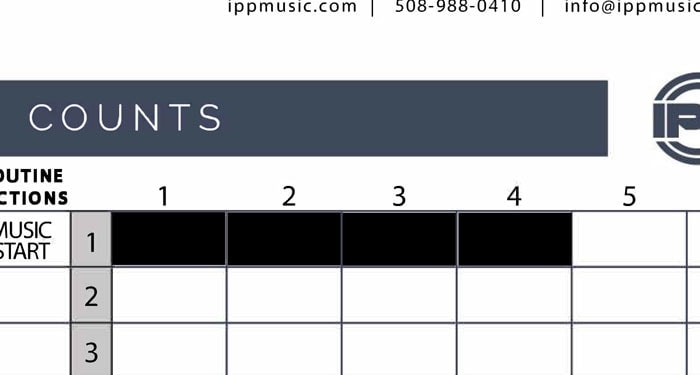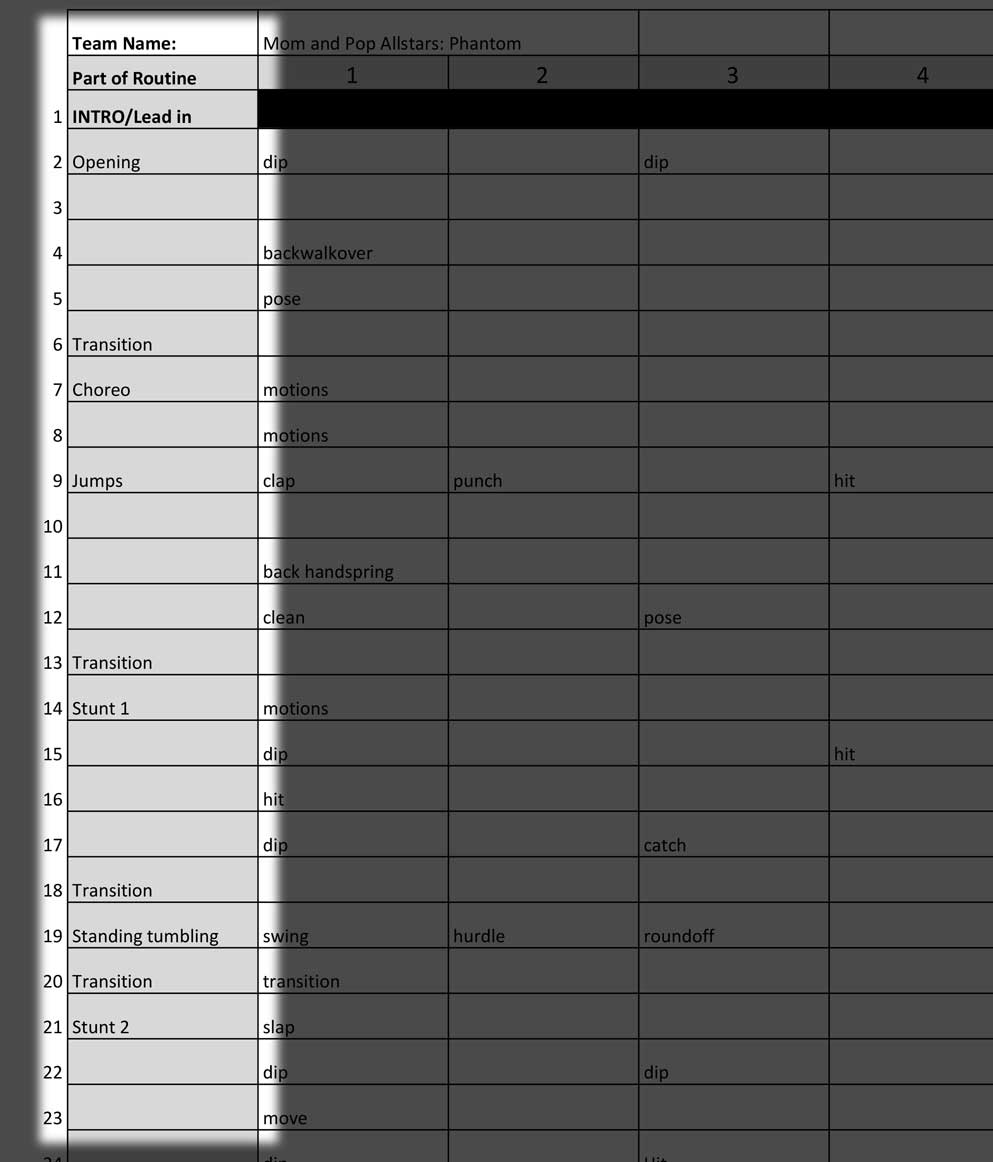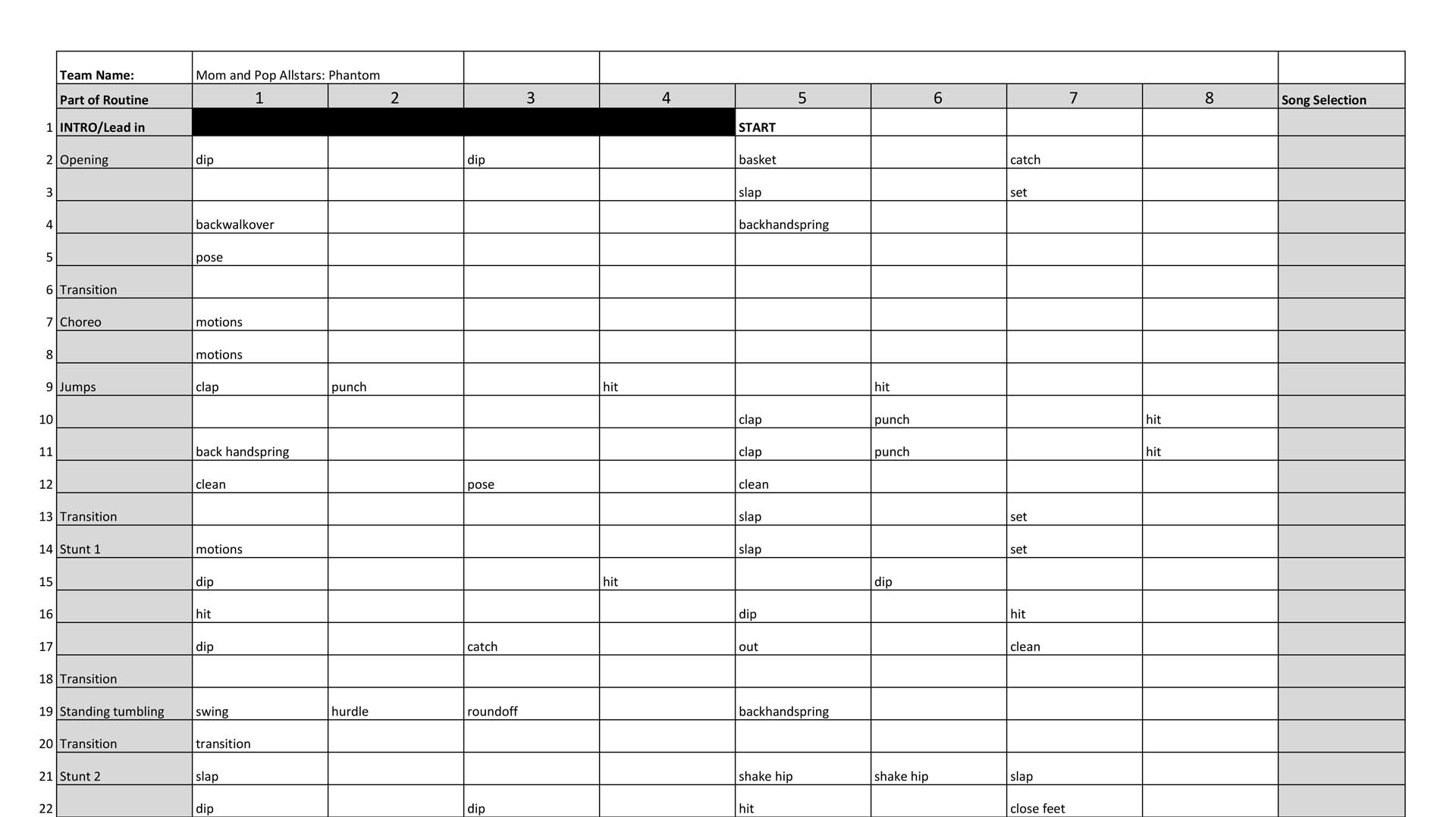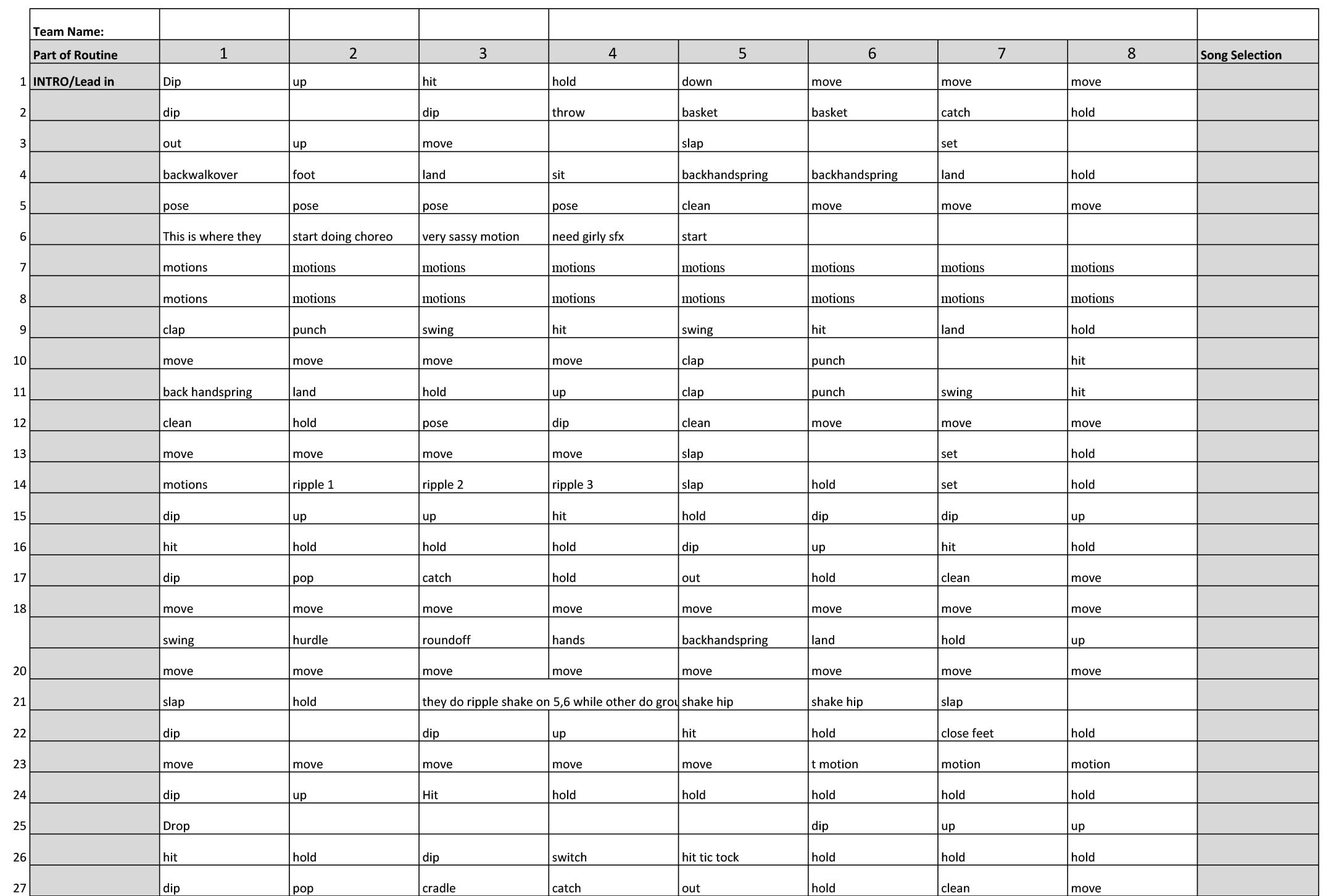By Steve Pawlyk
Published November 2, 2023
Music and choreography go hand in hand like peanut butter and jelly. However, seamlessly integrating the two can be a daunting task for many cheer coaches. So, what are the key elements to consider while aligning cheer music with choreography? How can one make the most of every beat, lyric, and musical transition? This comprehensive guide aims to answer these questions and more, making your life as a cheer coach just a little bit easier.
Understanding the Basics of Cheer Music: The Four Pillars
Mastering the art of synchronizing cheer music with choreography begins with understanding the underlying structure and nuances of the music itself. As a cheer coach, being well-versed in these fundamentals can significantly elevate your team’s performance. Let’s break down these core aspects one by one.

Musical Structure: The Backbone of Your Routine
In a typical cheer mix, you’ll usually find the following sections:
- Intro: This section sets the tone for your entire performance. You can think of it as a hook that grabs the audience’s attention. Choreography in this section should be compelling but not give everything away just yet.
- Cheer: This is the heart of your routine where you can incorporate most of your stunts, tumbles, and jumps. It’s the high-energy section that showcases your team’s athleticism and skill.
- Dance: Here’s where you get to show off your team’s creativity and synchronization. Dance sections usually allow for artistic expression, so don’t shy away from experimenting with formations and styles.
- Outro: This is your last impression on the judges and audience, so make it count. A well-thought-out outro can tie your entire performance together and leave a lasting impact.
Understanding these sections helps in mapping out your choreography in a structured manner, ensuring that you maximize the impact of each part of your routine.
Beats and Counts: The Language of Precision
8-counts are to cheerleading what alphabets are to language. These are the building blocks that will guide your choreography. In an 8-count structure, each count corresponds to a particular movement, position, or transition.
- Syncing with Music: Always ensure that your 8-count sheets are perfectly in sync with the music. For instance, a high-flying stunt could coincide with a climactic musical note for added dramatic effect.
- Uniformity: Consistency in counts ensures that the entire team moves as a single unit. Even a half-count off can be noticeable and cost you valuable points.
Lyrics and Voiceovers: The Signposts of Your Routine
Customized cheer music often includes personalized lyrics and voiceovers that can serve as auditory cues for your team. For example, if your team name or a specific word is echoed, that could signal the beginning of a new formation or stunt.
- Internal Cues: These voiceovers can serve as internal cues for your team, keeping everyone on track during the routine.
- Audience Engagement: Clever use of voiceovers can also engage the audience and get them excited, especially if they’re designed to be interactive or catchy.
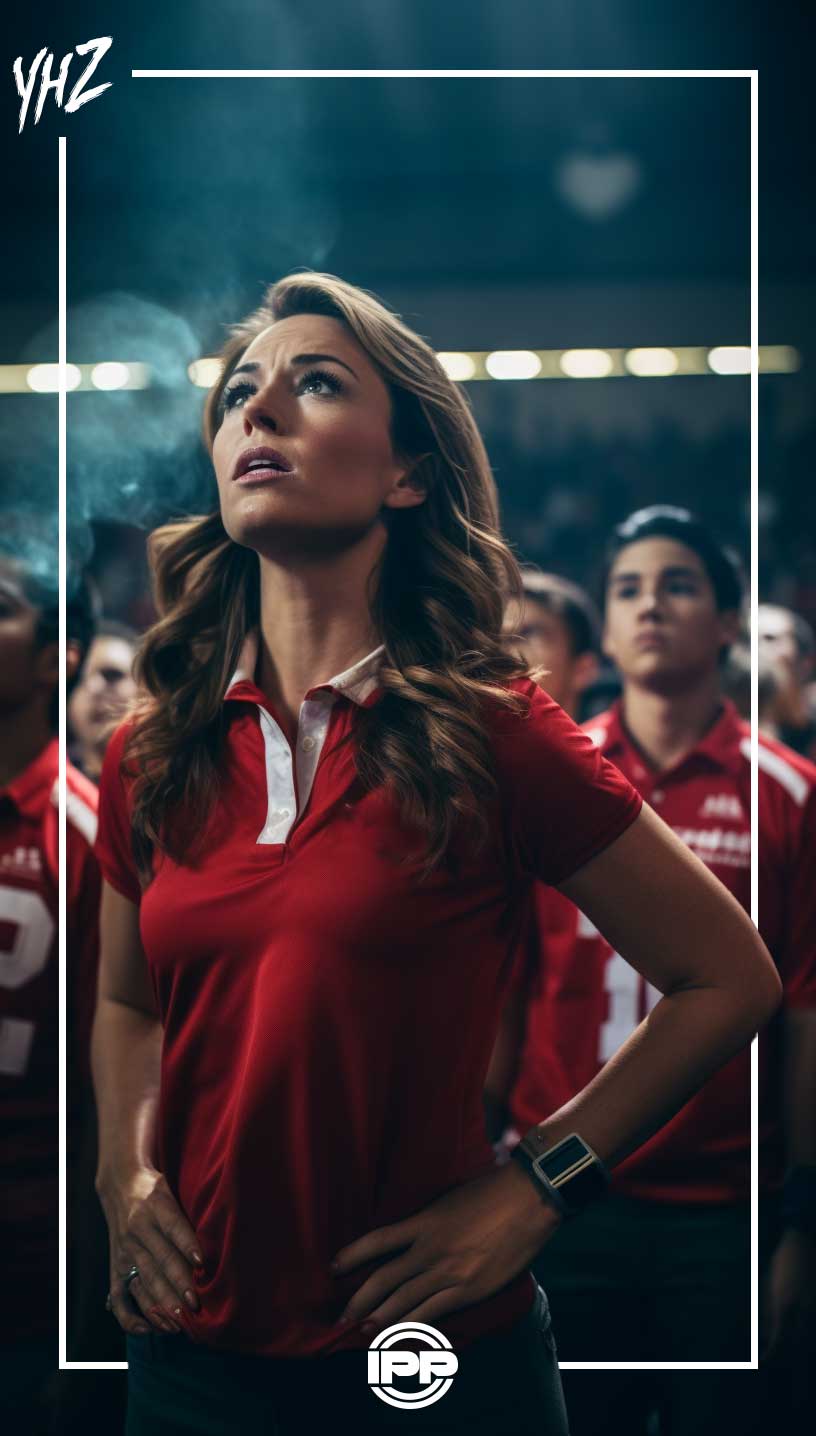
Genre and Mood: Matching the Vibe of Your Team
The genre and mood of the music should mirror the essence of your team and the message you want to convey. If your team excels in powerful, high-energy routines, a fast-paced pop or electronic song could be ideal. Alternatively, if your routine has a storyline or a thematic element, a slower, more dramatic piece might be more suitable.
RELATED ARTICLES

- Audience Resonance: Choose a genre that not only suits your team but also resonates with your target audience. Sometimes, familiarity with the genre can evoke emotional engagement, adding another layer of impact to your performance.
- Mood Transitions: If your routine includes different moods or narratives, consider using a multi-genre mix that transitions smoothly to tell your story effectively.
By mastering these four pillars of cheer music—Musical Structure, Beats and Counts, Lyrics and Voiceovers, and Genre and Mood—you’ll be well-equipped to design a routine that’s not just synchronized but also sensational.
Know Your Team’s Skill Level
Evaluating your team’s skill level is paramount when syncing music with choreography. Here’s how to go about it:
- Identify Strengths and Weaknesses: Is your team excellent at tumbles but not so great at stunts? Use this information to highlight their strengths in the routine.
- Complexity vs Simplicity: For novice teams, sticking to simpler choreography and musical elements is advised. Advanced teams can experiment with complex transitions and tricks.
- Customization: Many services, like IPP Music, offer customized cheer music tailored to your team’s capabilities, ensuring a perfect match between music and moves.
Choosing the Right Tempo
A significant aspect to consider is the tempo of your cheer music. This will highly influence the pace and energy of your choreography.
- Fast Tempo: Ideal for routines that require high energy and rapid movements.
- Medium Tempo: Great for a balanced routine with a mix of stunts, jumps, and dance elements.
- Slow Tempo: Suitable for dramatic, story-telling routines with intricate moves and stunts.
Mapping Out Your Routine
Once you have the basics down, you’ll want to start mapping out your routine, including:
- Sequence Planning: Decide the order in which elements like tumbles, jumps, and stunts will appear in your routine.
- Transitions: Plan transitions carefully. Good transitions are as important as the stunts or tumbles themselves.
- Musical Cues: Make use of the built-in cues in your music to signal the start or end of specific elements.
Key Choreography Tips
- Musicality: Aim to make your moves flow naturally with the music. Each beat, rhythm, and lyric should have a corresponding move or emotion.
- Timing: Ensure that your team can execute moves within the timeframe of the music segments. Practicing with a metronome can be beneficial.
- Variety: Add a mix of elements to keep the audience engaged. Variety is the spice of a winning routine!
How to Practice Effectively
Effective practice is the key to a flawless performance. Here are some tips:
- Start Slow: Begin by practicing individual elements separately before combining them.
- Record and Review: Record your practice sessions to identify areas of improvement.
- Repetition: Consistency is key. The more your team practices, the more muscle memory they’ll build, making it easier to sync with the music.
Integrating cheer music and choreography is not just an art but also a science that requires meticulous planning and practice. By understanding the basics of cheer music, assessing your team’s skill level, choosing an appropriate tempo, and employing smart choreography tips, you can create a performance that is not just synchronized but also sensational.

I hope this guide has been helpful in answering some of the common questions cheer coaches have regarding cheer music and choreography. For customized cheer music to match your choreography needs, consider IPP Music :)
IPP's Premade Mixes are USA Cheer Compliant and customizable! Add Sound FX, swap songs, & more! Add your Team Name to the mix for only $10!





